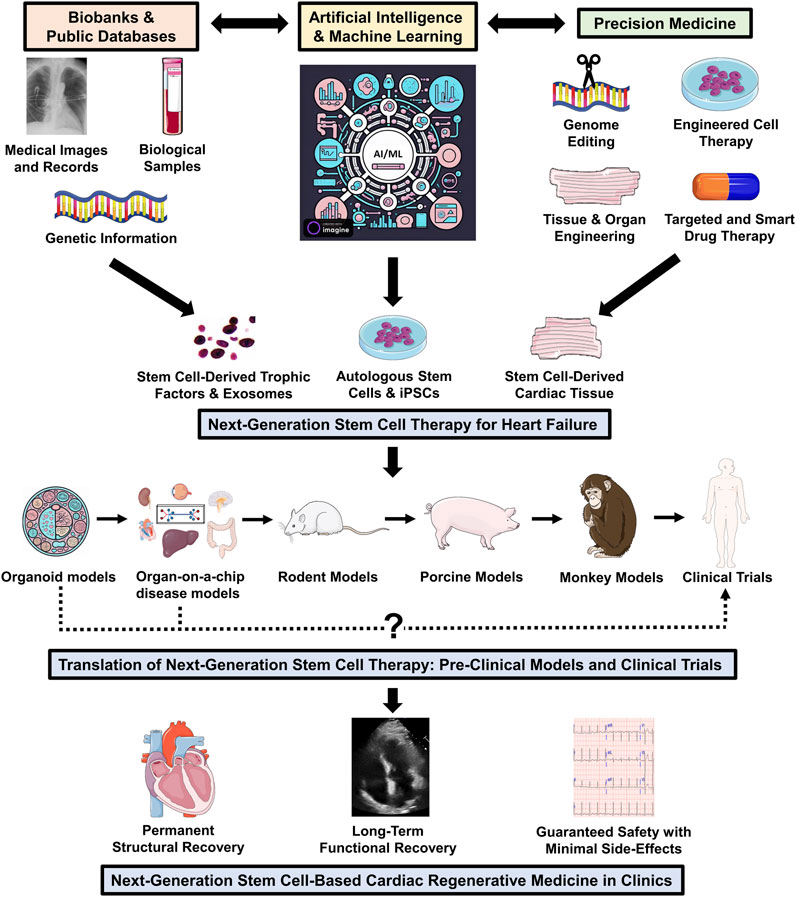Table of Contents
The authors keep in mind obstacles that stay, consisting of enhancing the engraftment success and cell survival. Since the ISCI and Miller Institution are leaders in this field, the writers additionally worry the demand to systematize interpretations and outcomes actions in the field. "The Hare Laboratory stays at the leading edge of introducing brand-new treatments in this vital medical domain.
Now we are checking out how to harness such stem cells to assist people recover their very own damaged hearts."The research is directed by the Cedars-Sinai Heart Institute, with the partnership of the Johns Hopkins College, where Dr. Marbn worked prior to joining Cedars-Sinai in 2007. The 24 individuals getting involved in the research study have hearts that were damaged and marked by cardiac arrest.

It takes around four weeks for the cells to increase to numbers adequate for therapeutic use, around 10 to 25 million. In the third and last action, the now-multiplied stem cells are reintroduced into the individual's coronary arteries throughout a second catheter treatment. All patients in the research needed to have knowledgeable cardiac arrest within 4 weeks prior to enrolling in the research task.
Later this summertime, it is anticipated that 12 more individuals will undergo procedures to get 25 million stem cells, while 6 additional people will certainly be checked as controls. The first patient, Kenneth Milles, a 39-year-old controller for a little building and construction business in the San Fernando Valley, experienced a heart strike on May 10 due to a 99 percent obstruction in the left anterior coming down artery, a significant artery of the heart.
The procedure to grow the cardiac-derived stem cells associated with the research was created by Marbn when he got on the professors of Johns Hopkins University. The college has actually submitted for a patent on that particular copyright, and has actually accredited it to a business in which Dr. Marbn has an economic interest.

All funding was obtained from the National Institutes of Health And Wellness, the Donald W. Reynolds Structure and Cedars-Sinai Medical. Marbn holds The Mark Siegel Family Members Structure Endowed Chair and Supervisor of the Heart Institute.
Next-gen support for Heart Failure with minimal downtime
Heart failure is an acute or persistent condition that affects millions of people worldwide. One of the most generally approved methods of therapy usually include sign monitoring and drug taken for life, so the burden triggered by the condition is heavy. Stem cell treatment for cardiac arrest has emerged as a new way to treat and take care of the core of the illness.
Stem cell therapy can aid to alleviate signs and boost the heart's pumping ability. This treatment makes use of the capacity of stem cells to self-regenerate and self-heal. Adhering to the admission of stem cell injections for coronary infarction, numerous mechanisms enter play: Stem cells for cardiac arrest advertise the formation of specialized cardiac muscular tissue cells and regrow damaged tissue, boosting the heart's pumping capability.
These are kinds of adult stem cells that are obtained from bone marrow, fat cells, and skin cells. These are the most usual and well-researched kinds of stem cells.
These are obtained from embryos and have the pluripotent capacity to change right into any type of sort of cells, including heart ones. The major issue with these cells is that, as they are taken from embryos, they have lots of ethical and legal constraints and are only used in details circumstances. for the factors pointed out over.
Overview of how stem cells help with Peripheral Artery Disease
These cells originate in the heart and are appropriate to heart repair work. Medical Expert, Swiss Medica physician The application and treatment of stem cell treatment consists of five steps: Clients begin with an on the internet examination with our clinical advisor and are then reviewed by a cardiologist, who will acquire the required clinical history, carry out blood tests, and request imaging studies to determine whether stem cell therapy for heart failure is a viable choice.
We provide stem cells through painless stem cell injections for coronary infarction. A highly educated doctor will infuse processed stem cells right into the blood stream; the entire procedure takes much less than an hour. After ending up the coronary infarction stem cell therapy procedures, our patients will certainly be checked for any kind of complications and outcomes.
Navigation
Latest Posts
Regenerative support for Peripheral Artery Disease that uses stem cells
Breaking down the use of stem cells for Peripheral Artery Disease
Understanding the use of stem cells for Heart Disease